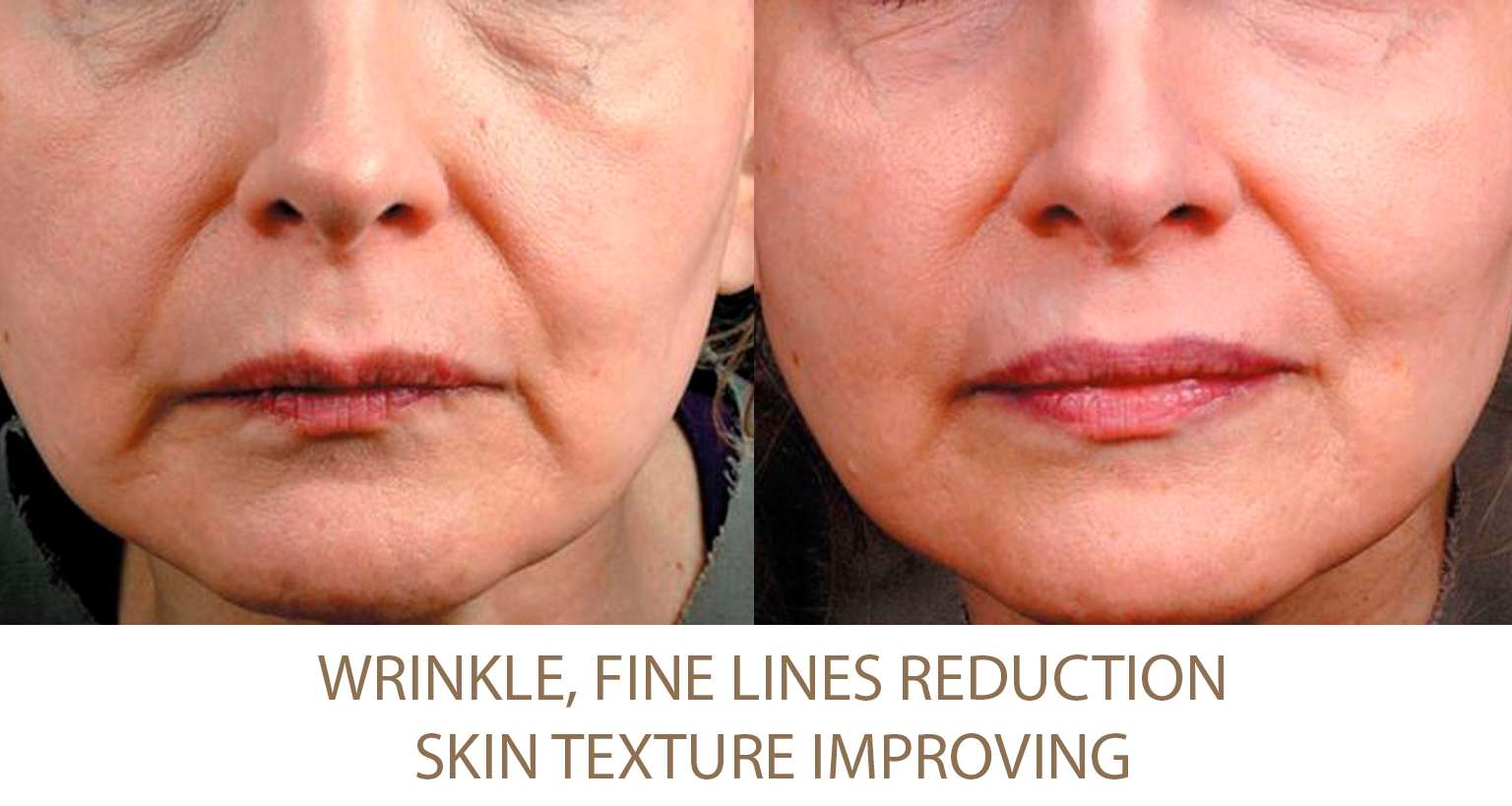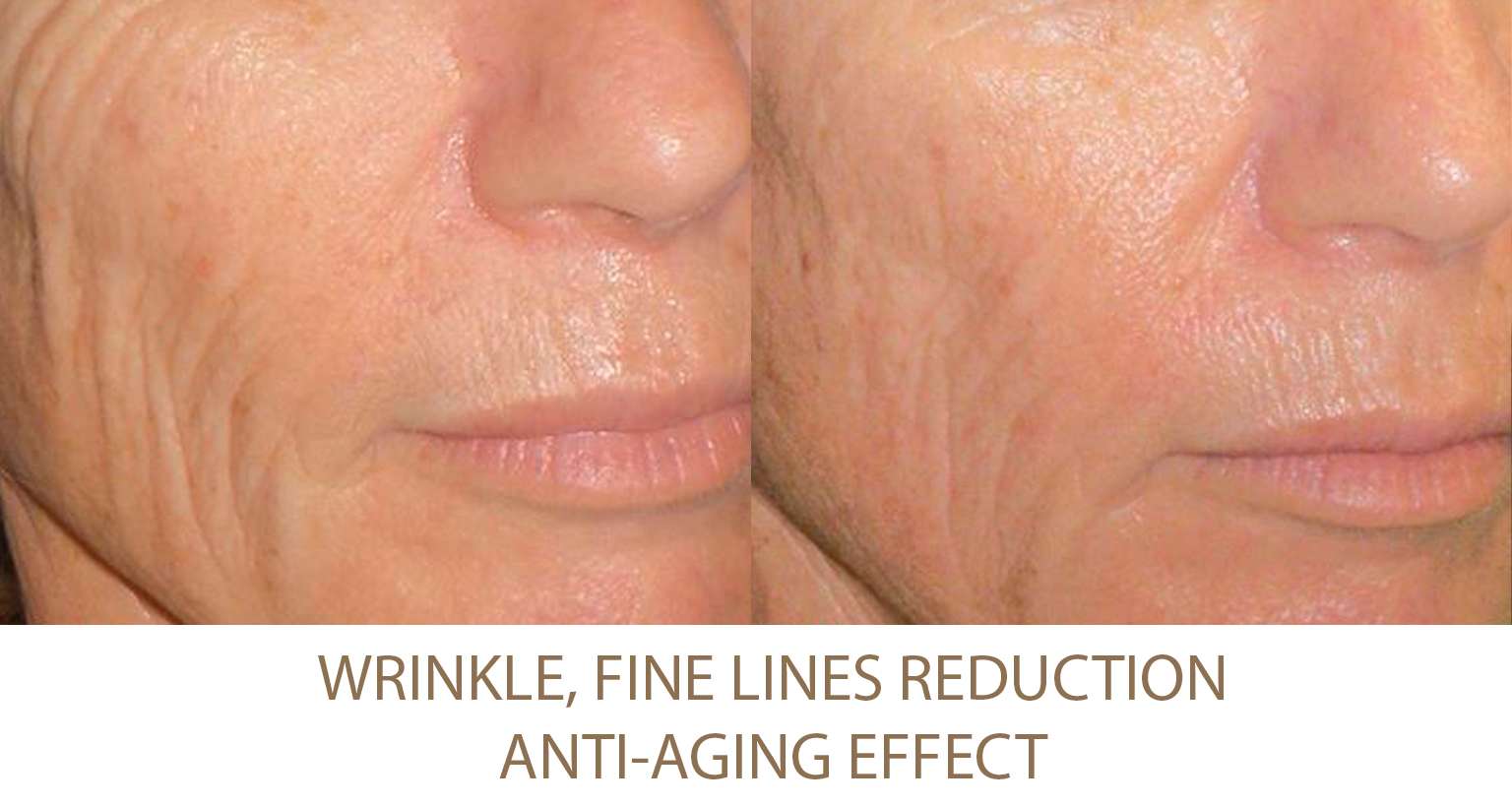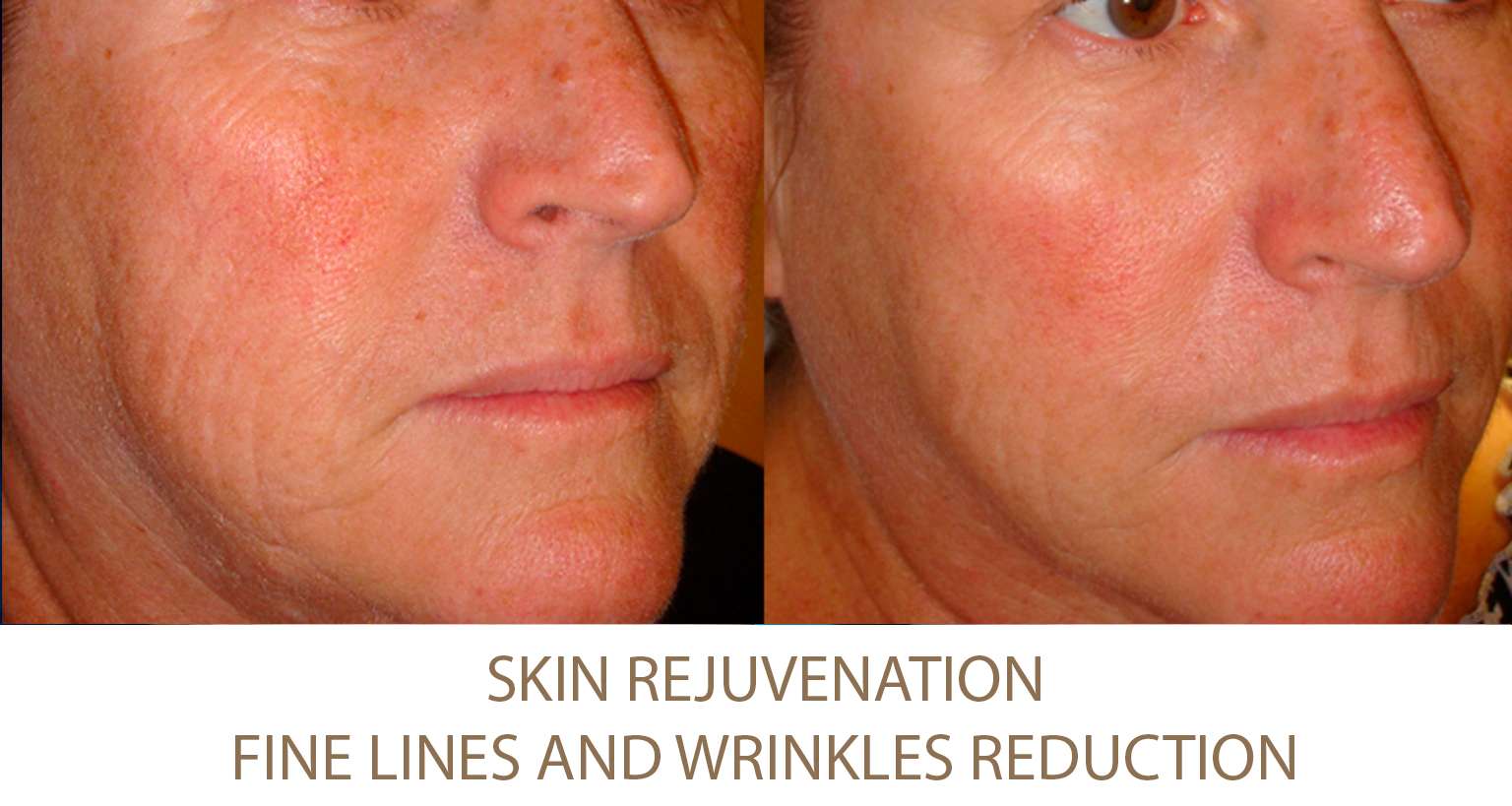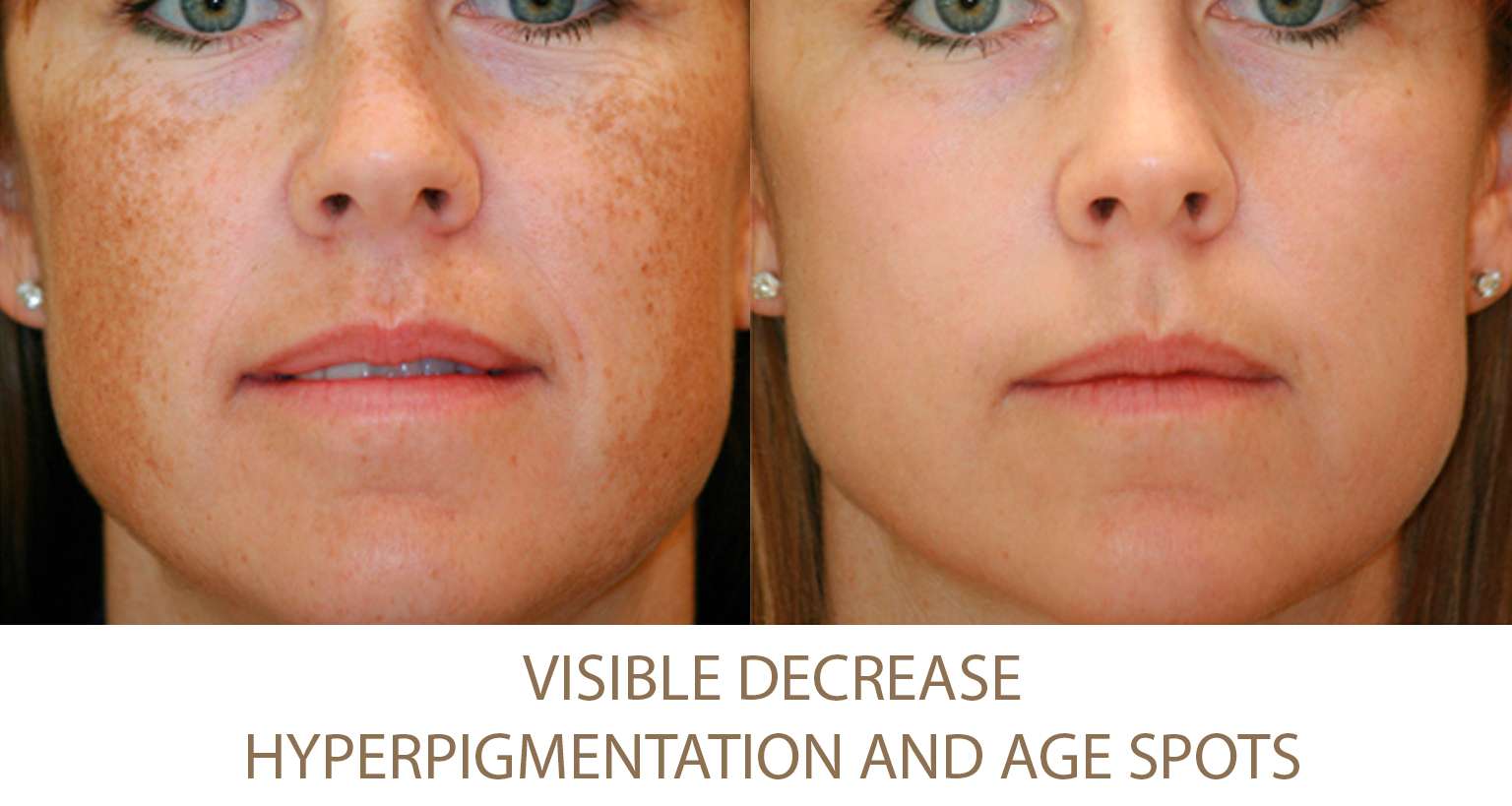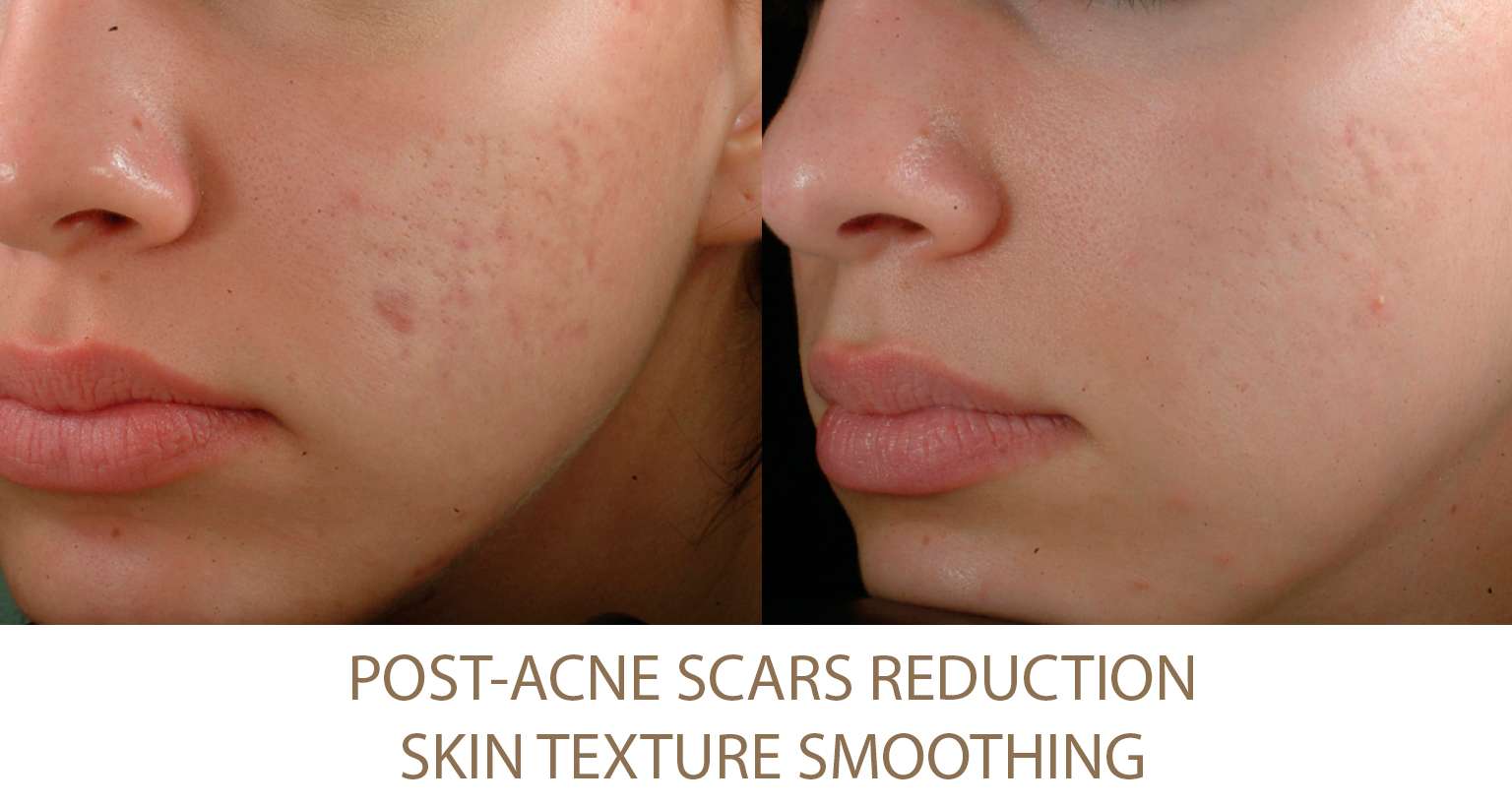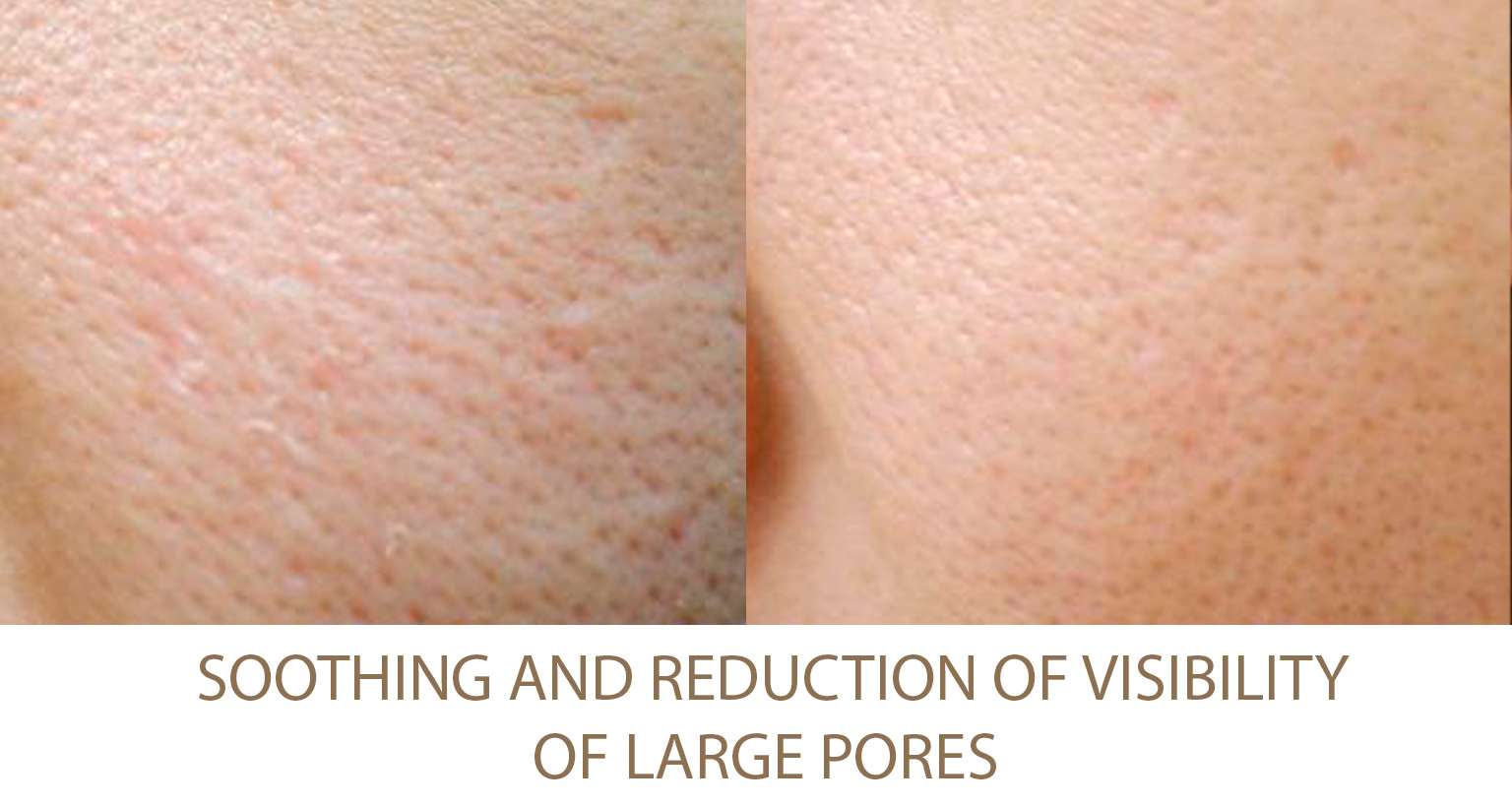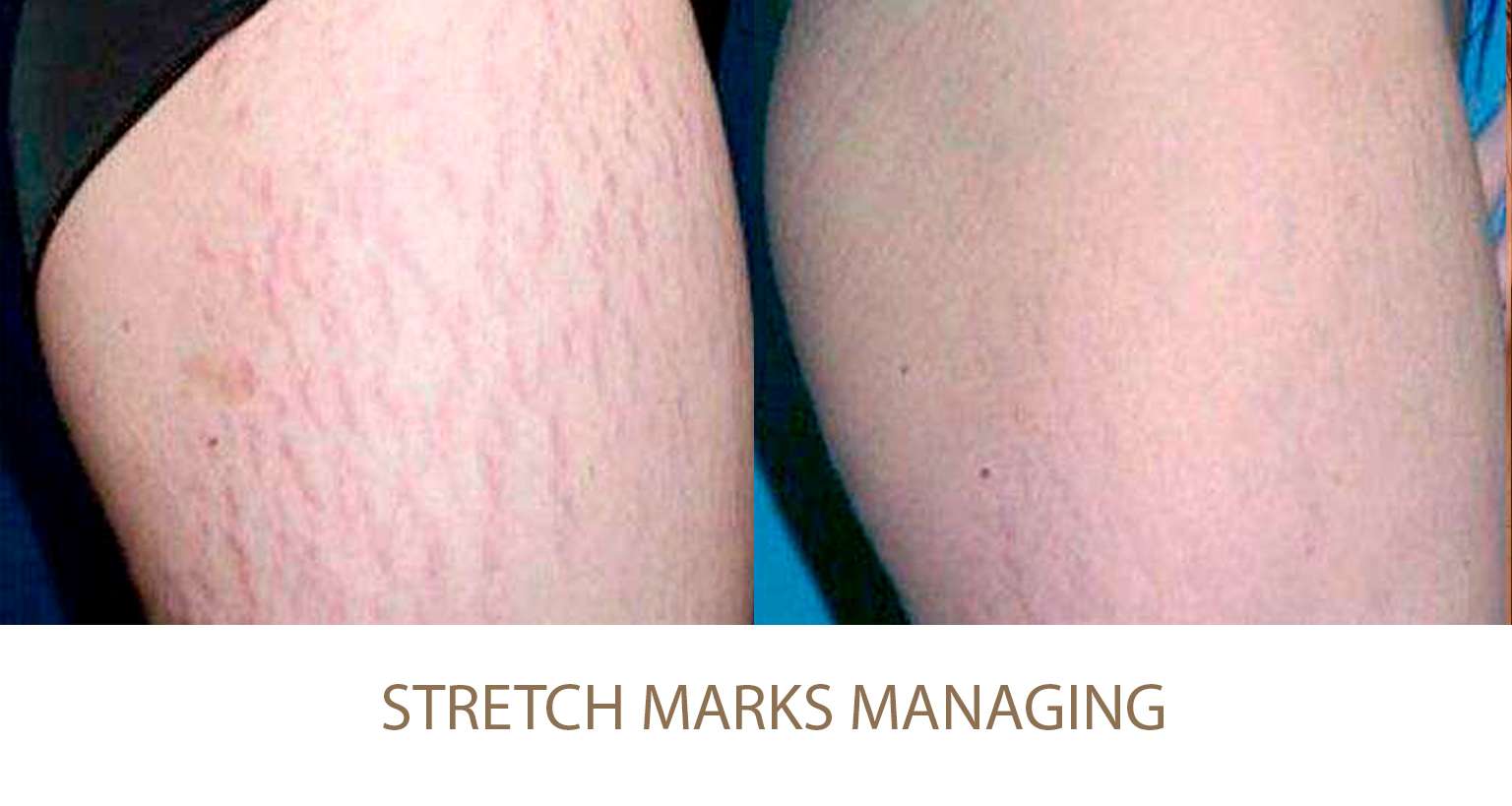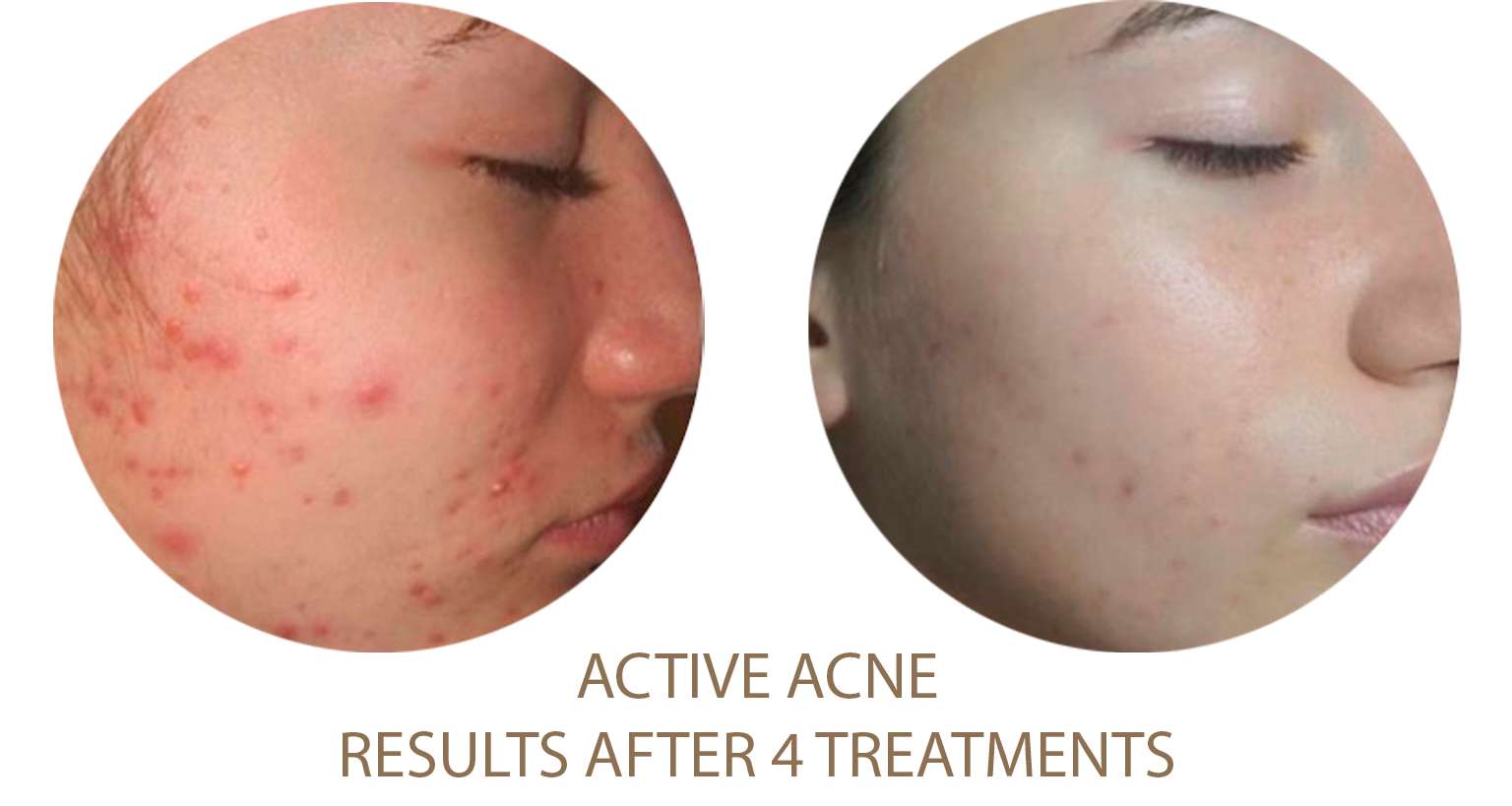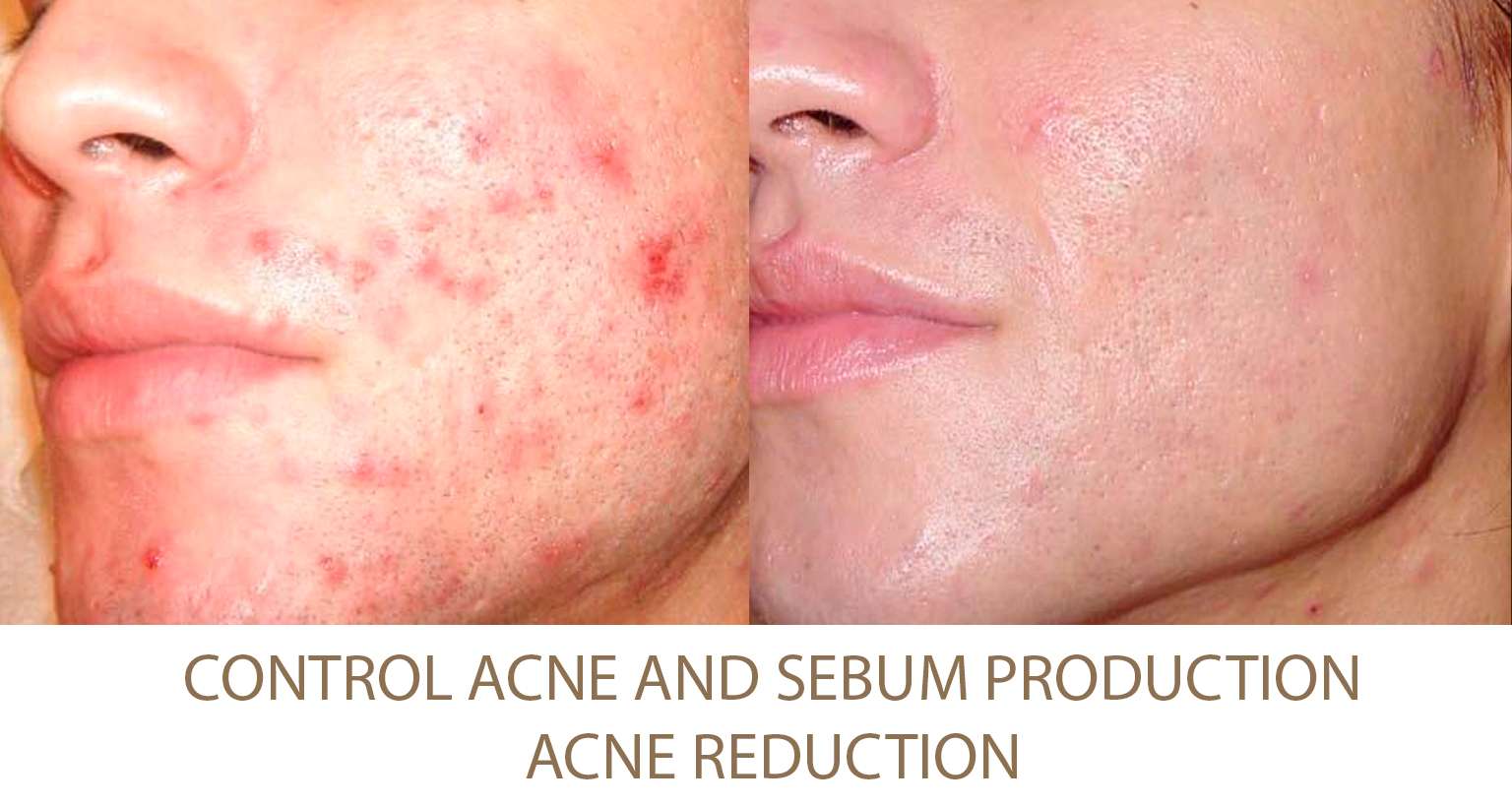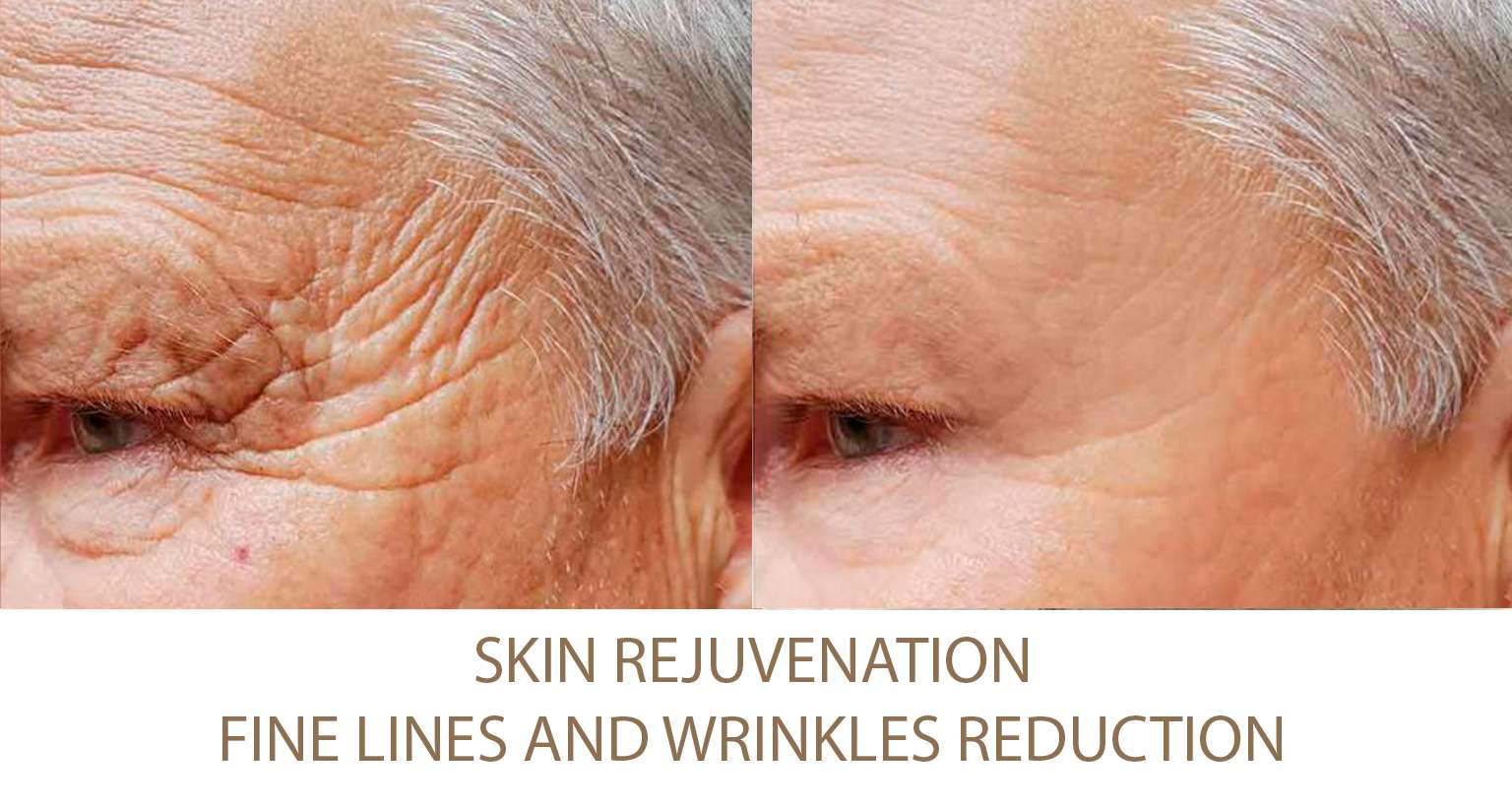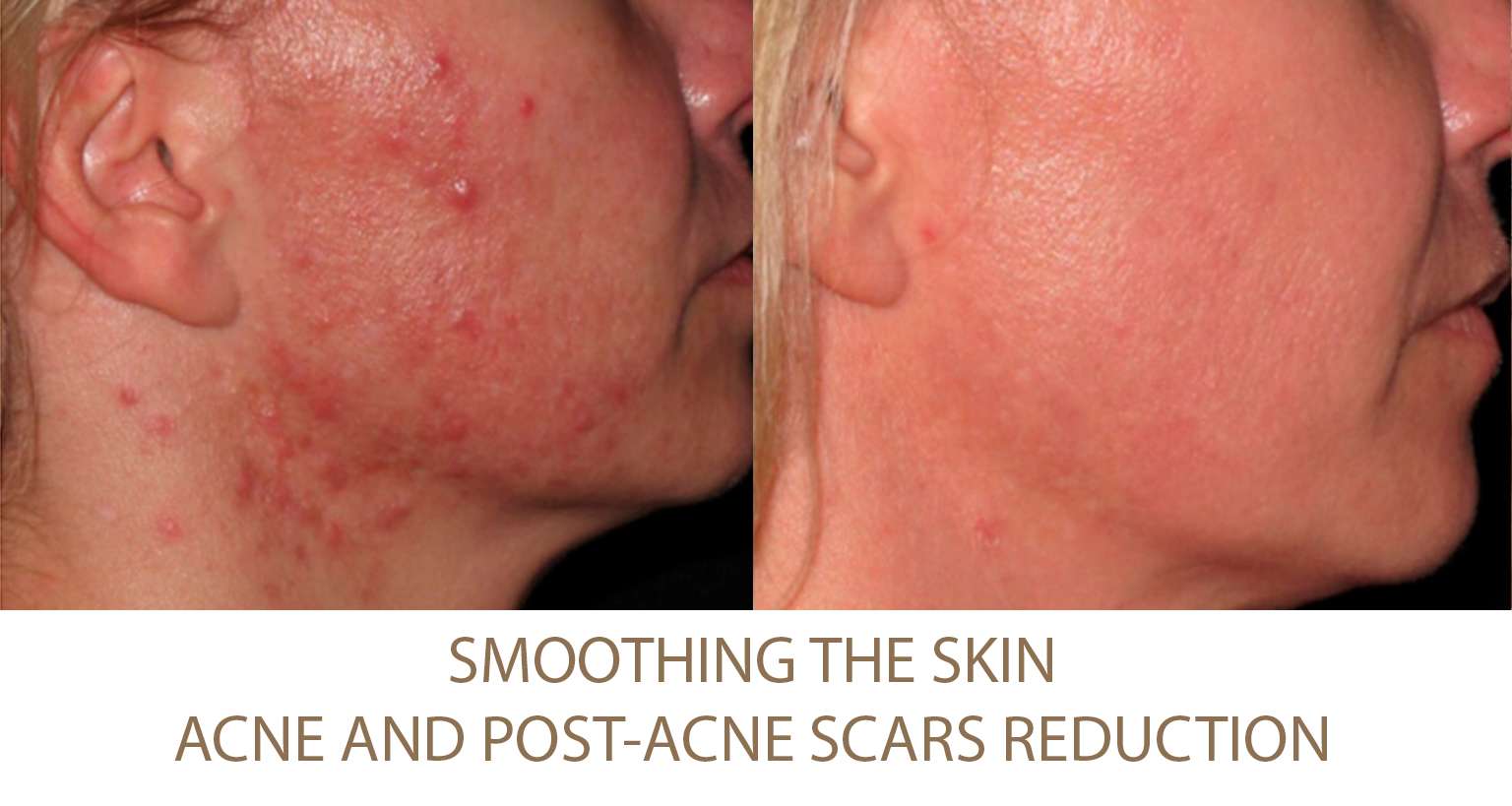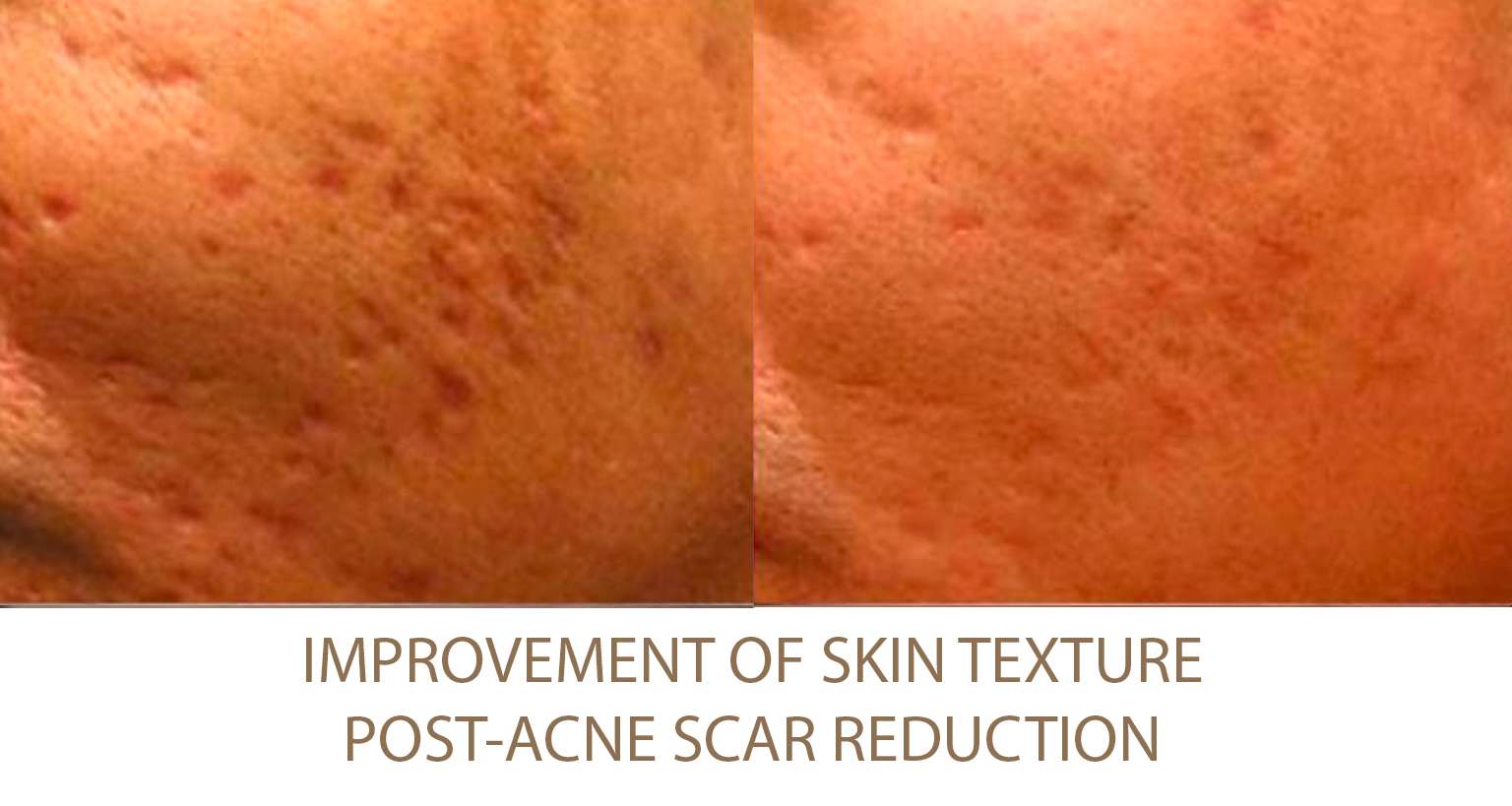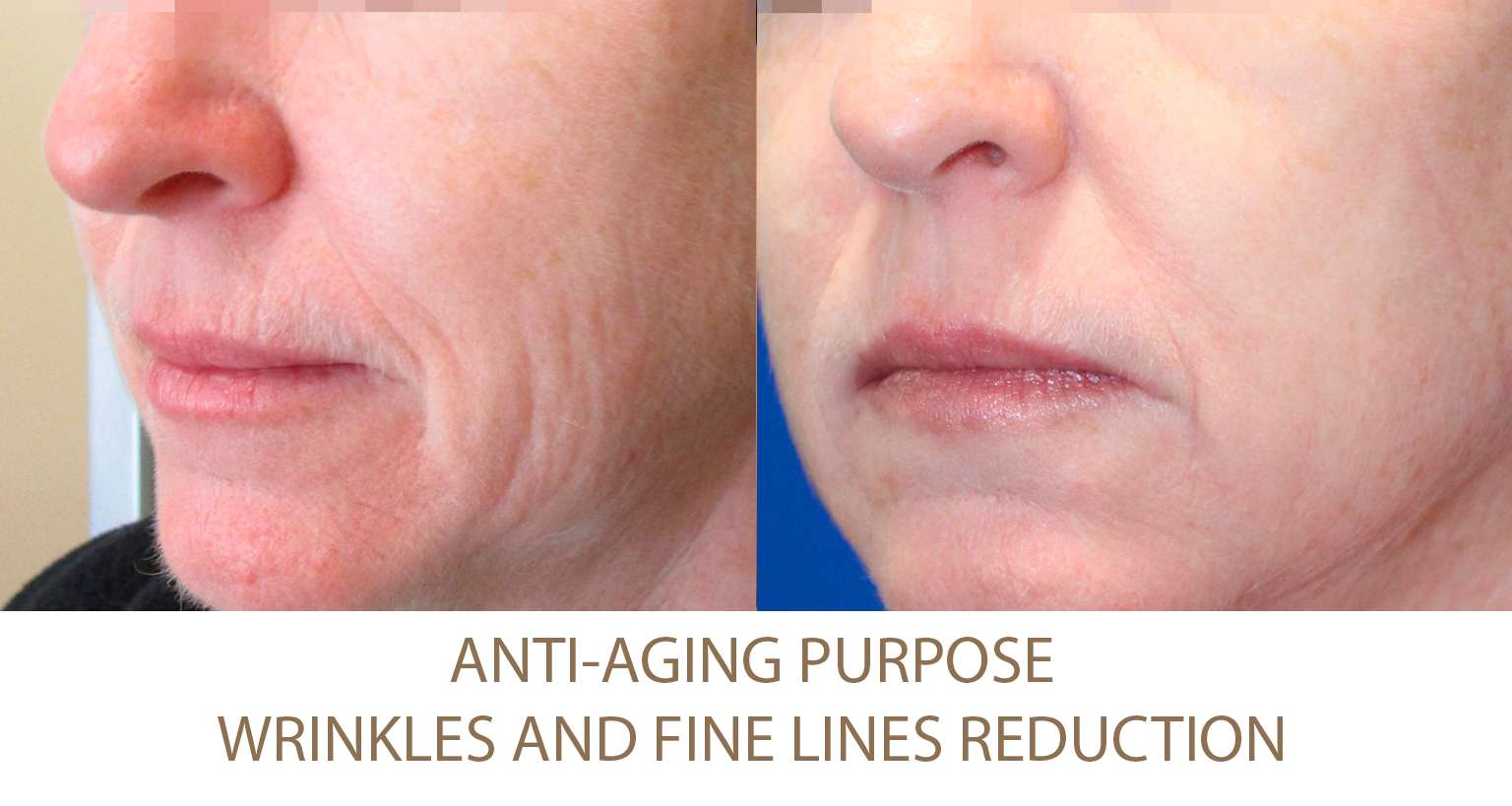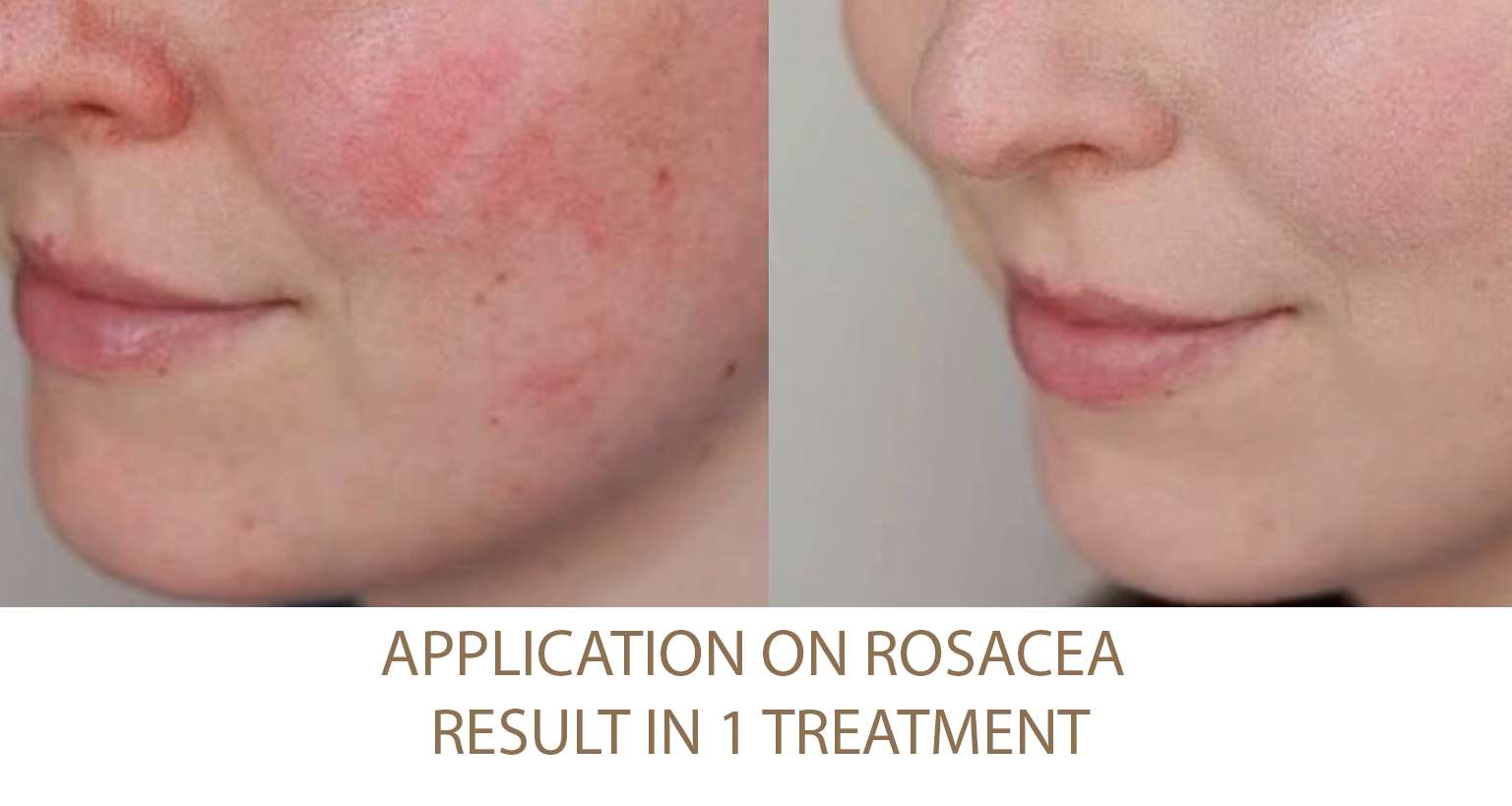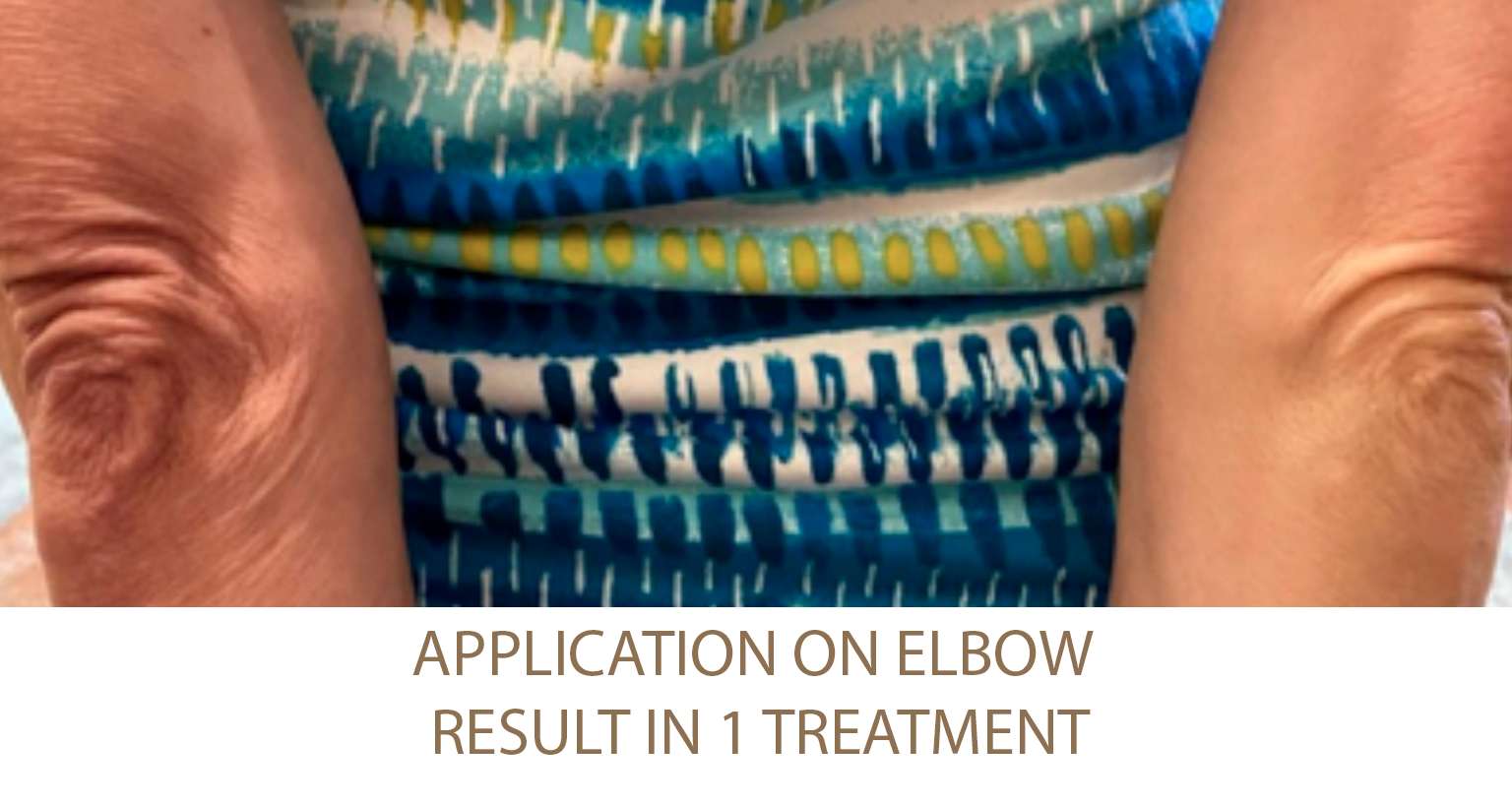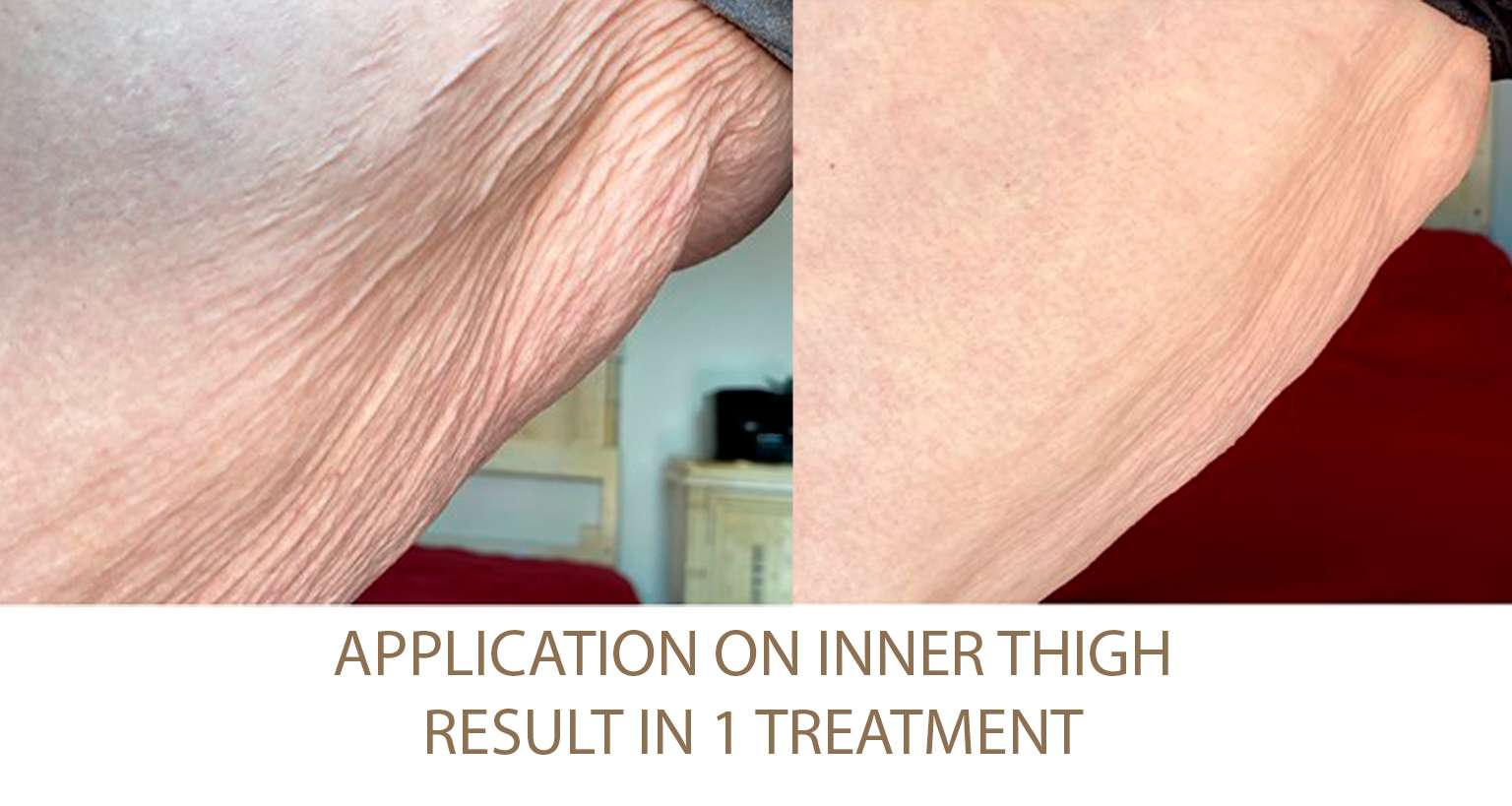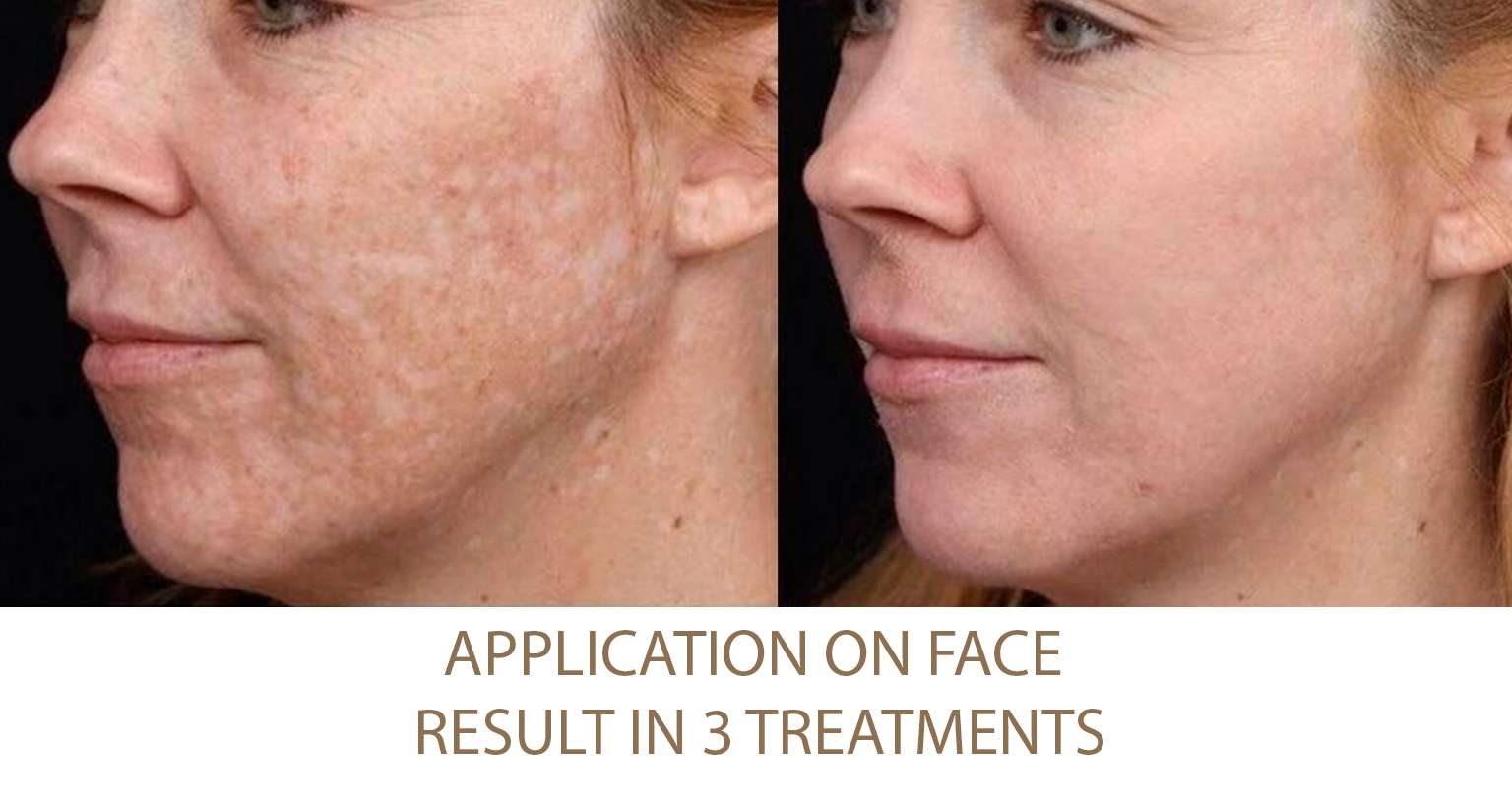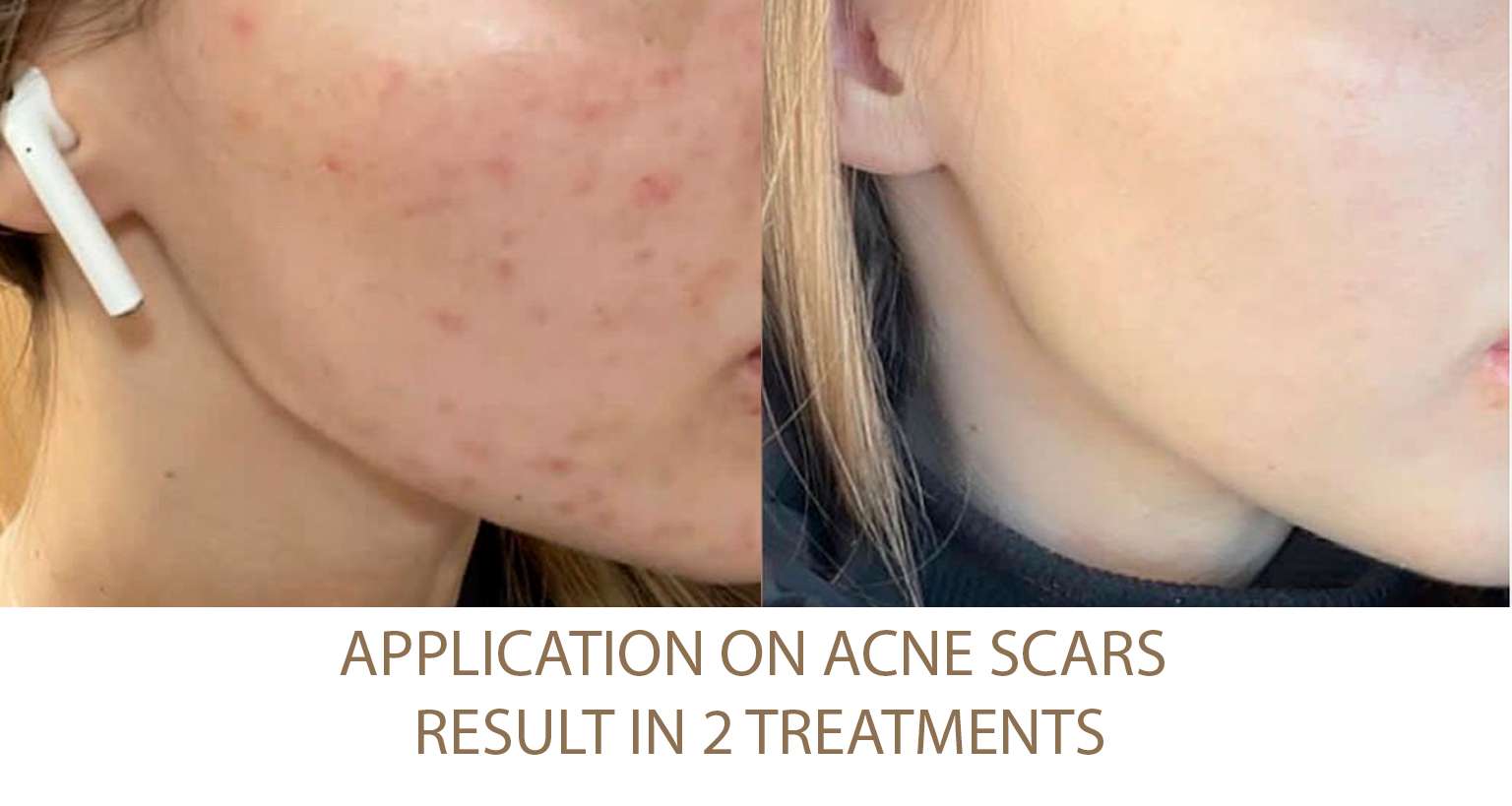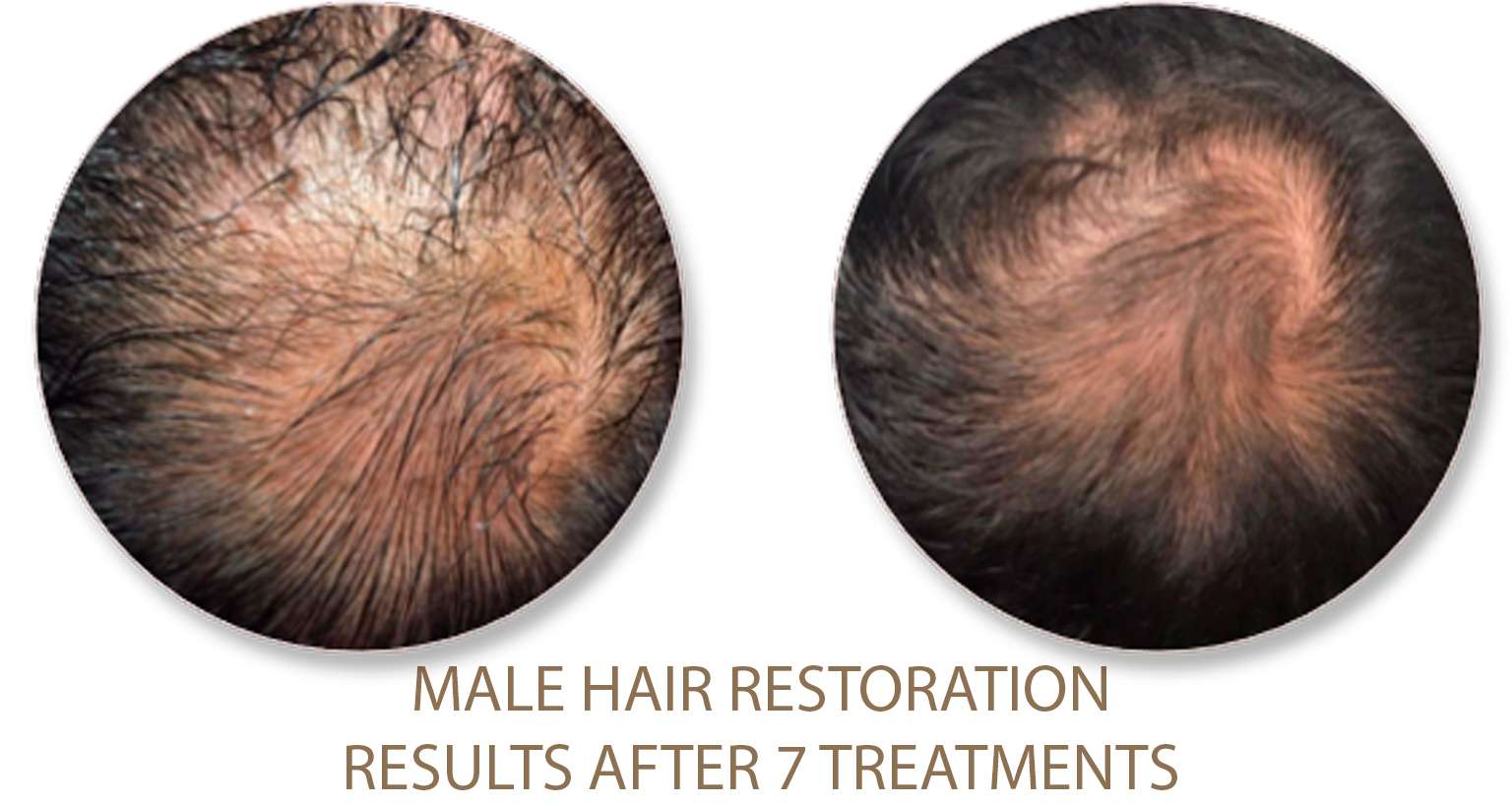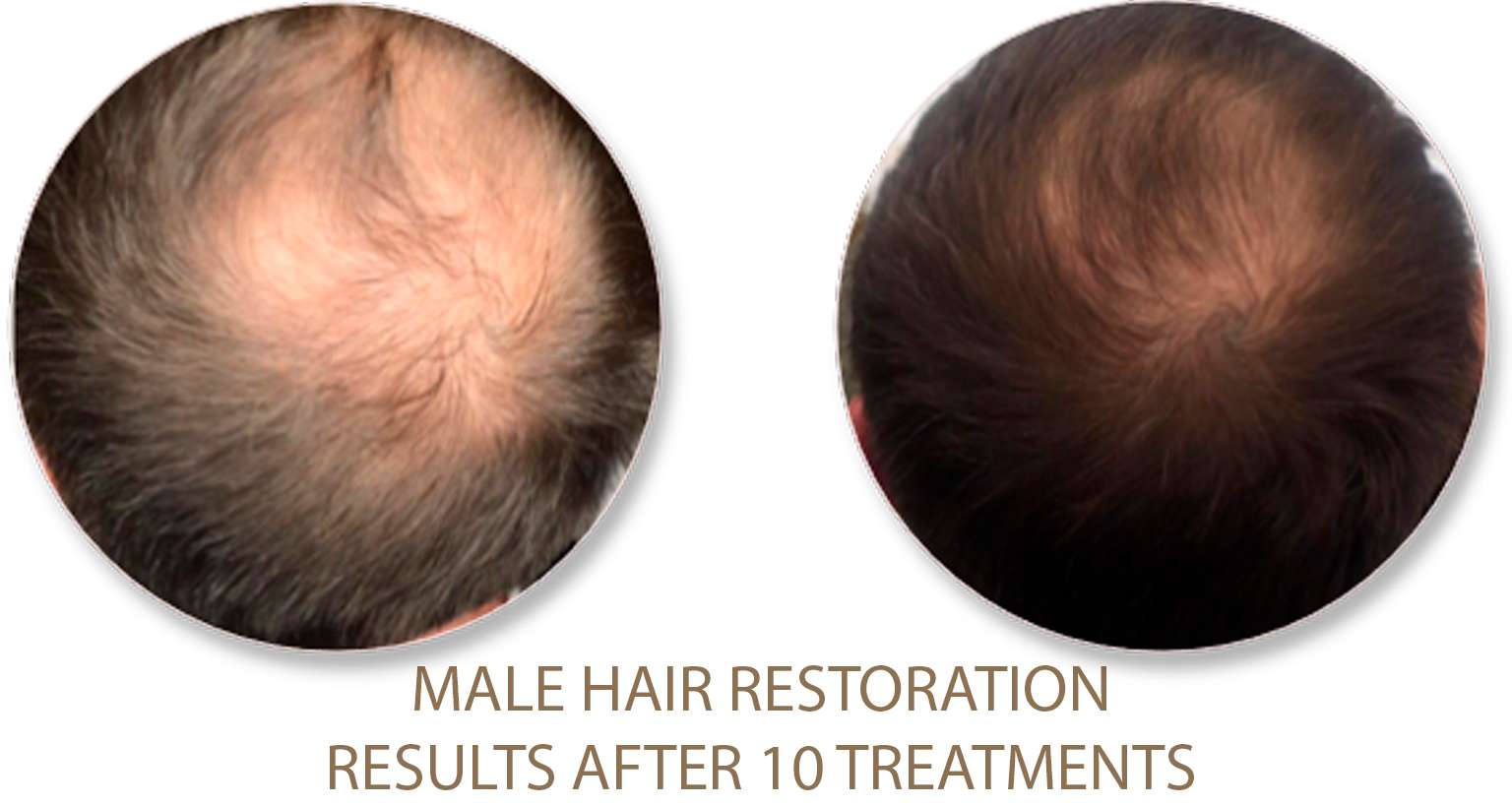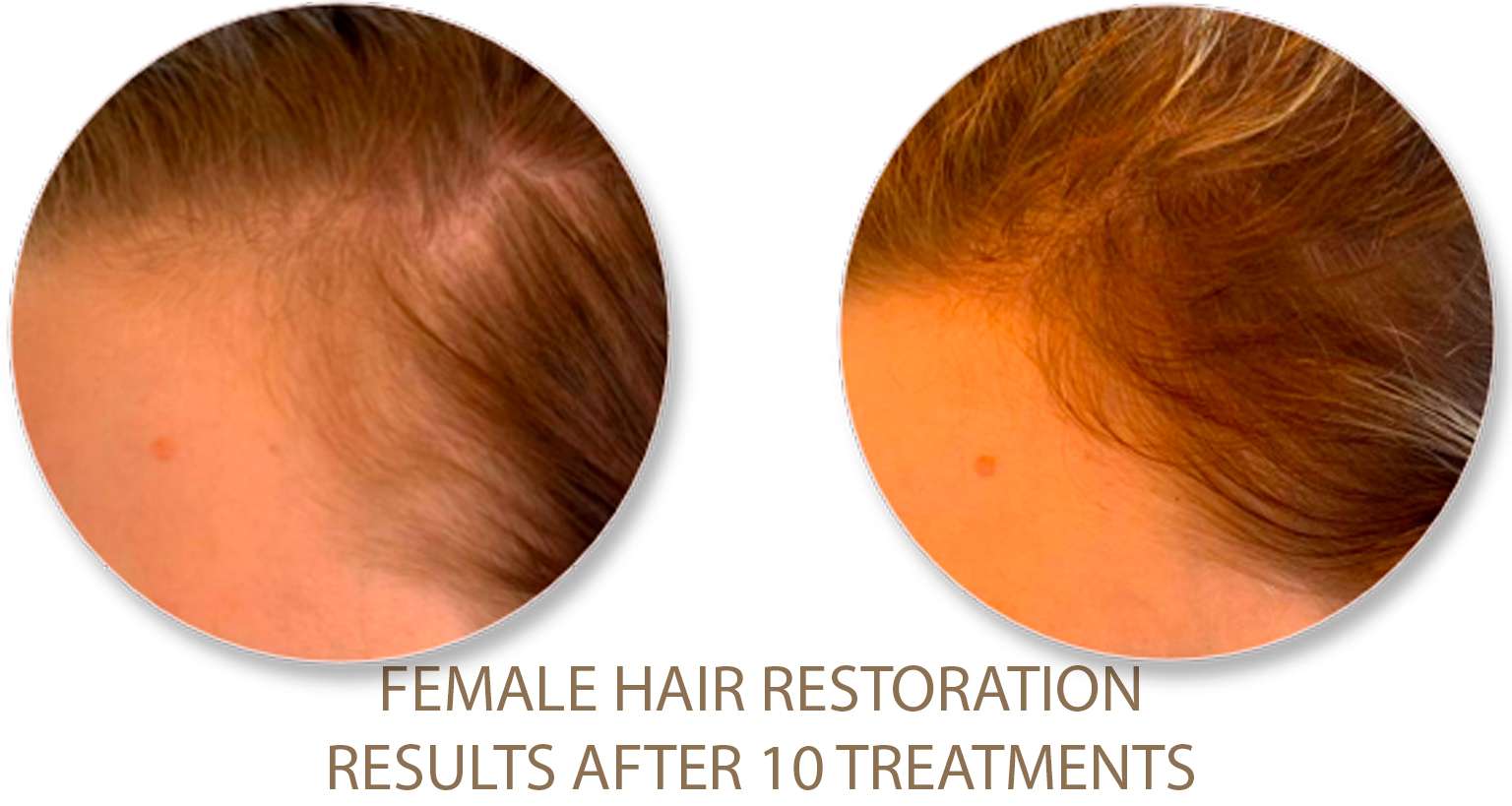Skin Pigmentation
Pigmentation appears in different forms and is caused by sun damage, hormonal changes and skin trauma
What is Hyperpigmentation?
Hyperpigmentation is a common skin condition characterized by the darkening of certain areas of the skin compared to the surrounding skin. It occurs when the skin produces more melanin, which is the pigment responsible for giving color to the skin, hair, and eyes. Melanin is produced by specialized cells called melanocytes.
What types of Skin Pigmentation?
There are several types of hyperpigmentation, including:
Sunspots or Solar Lentigines: These are also known as age spots or liver spots. They develop due to prolonged exposure to the sun’s ultraviolet (UV) rays, which stimulates the production of melanin in specific areas.
Melasma: Melasma is often associated with hormonal changes, such as during pregnancy or while taking birth control pills. It causes dark patches, usually on the face, and is more common in women.
Post-Inflammatory Hyperpigmentation (PIH): This type occurs after an injury or inflammation to the skin, such as acne, burns, cuts, or other skin conditions. Once the skin heals, it may leave behind areas of increased pigmentation.
Freckles: Freckles are small, flat spots that appear on the skin and are usually genetic in nature. They darken with sun exposure.
PIE and PIH: Post-Inflammatory Erythema (PIE) and Post-Inflammatory Hyperpigmentation (PIH) can occur as a result of inflammatory skin conditions like acne. PIE causes red marks, while PIH causes darker marks.
Hyperpigmentation is generally harmless and doesn’t cause any health concerns.

Before & After
What causes hyperpigmentation?
Hyperpigmentation can be caused by various factors, and its development depends on the type of hyperpigmentation. Some common causes include:
Sun Exposure: Prolonged exposure to the sun’s UV rays is one of the most significant causes of hyperpigmentation. UV radiation stimulates melanocytes to produce more melanin, leading to the formation of sunspots or solar lentigines.
Hormonal Changes: Hormonal fluctuations, such as those occurring during pregnancy, menopause, or while taking birth control pills, can trigger a type of hyperpigmentation called melasma. This condition causes dark patches, primarily on the face.
Inflammation and Skin Trauma: Skin injuries, inflammation, or trauma, such as acne, burns, cuts, or even harsh skin treatments, can result in post-inflammatory hyperpigmentation (PIH). PIH occurs as part of the skin’s natural healing process, and it leads to darkened areas at the site of the injury or inflammation.
Genetics: Some individuals may be genetically predisposed to develop certain types of hyperpigmentation, like freckles.
Medications: Certain medications, such as some antibiotics, anti-seizure drugs, and chemotherapy drugs, can cause hyperpigmentation as a side effect.
Hormonal Disorders: Conditions like Addison’s disease or Cushing’s syndrome, which affect the body’s hormone levels, can lead to changes in skin pigmentation.
Skin Conditions: Certain skin conditions, like lichen planus or eczema, can cause hyperpigmentation in affected areas.
Aging: As we age, the skin’s ability to regulate melanin production can change, leading to age spots or uneven skin tone.
Liver Disease: Liver disorders can sometimes cause changes in skin pigmentation, resulting in conditions like jaundice.
It’s important to note that hyperpigmentation can vary widely based on an individual’s skin type, genetics, and environmental factors. For instance, people with darker skin tones are generally more prone to certain types of hyperpigmentation, such as melasma or PIH.
Testimonials
What Our Clients Say:












